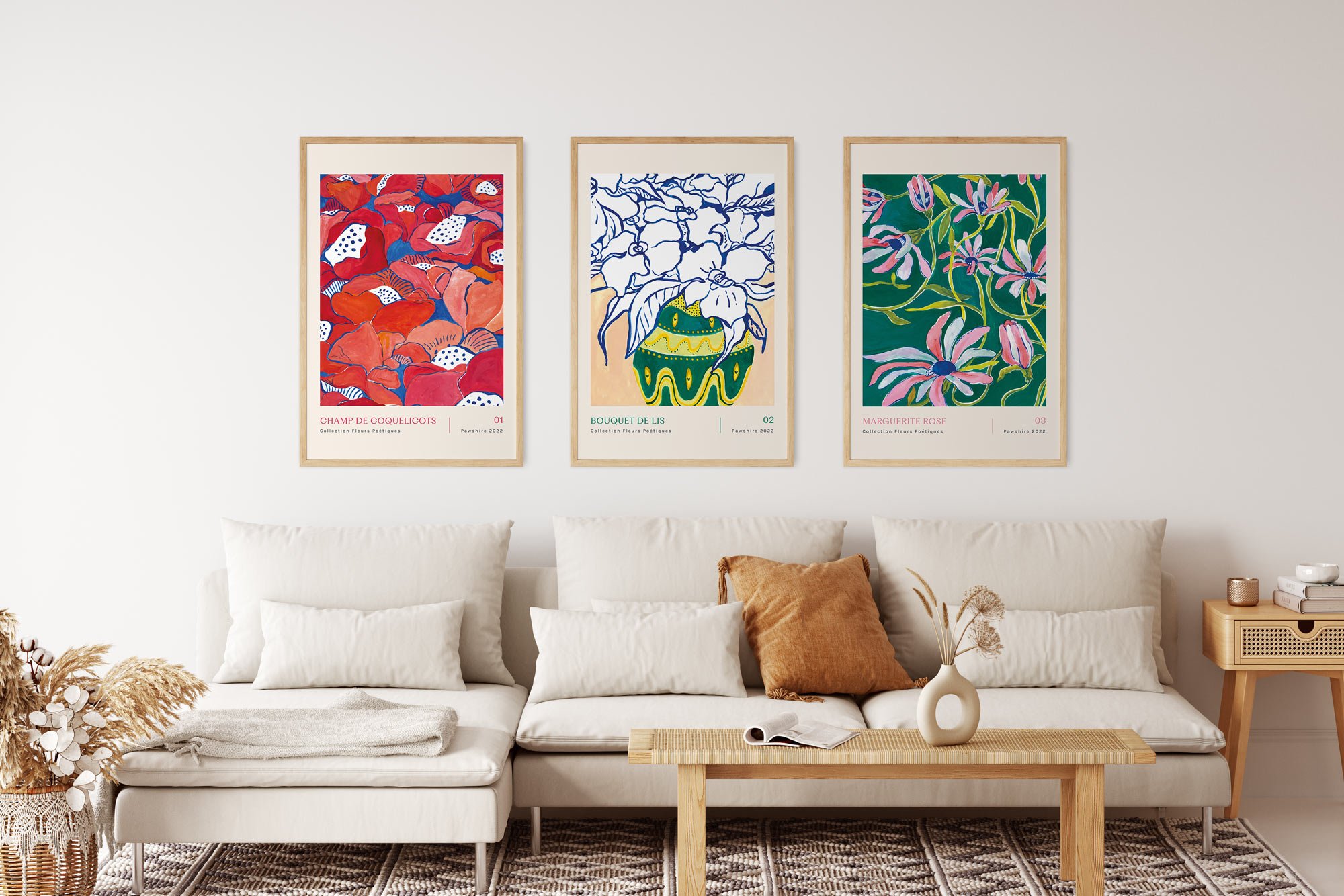The simplest way to find your own art style | Advice from an Artist
The simpler, gentler way to find your art style
For a long time, I struggled with finding my art style. Honestly, I gave up drawing for a while, thinking I wasn't good enough. I’d look at other artists online and think, "Why can’t my art look this good?" Every sketch felt disconnected and disappointing. Frustration turned into self-doubt, and eventually, I stopped drawing completely for myself. After years as a graphic designer who rarely drew outside of client projects, the blank page terrified me. I missed drawing for joy, but it felt unreachable.
So how to find your own art style?
Fast-forward to today, and I've learned the simplest yet most powerful lesson: the only way to find your style is by consistently drawing something you genuinely love, every day if you have to. It's not about mastering every medium or having perfect technical skills. It’s about being committed and intentional. Your art style is simply an honest reflection of you—your tastes, opinions, imagination, personality, everything that makes you uniquely you.
Why does this work?
Why does this work? Because every time you draw something you genuinely love, you're making deliberate choices that reveal who you are as an artist. It doesn’t matter if the sketches are good or how long you spend on them (seriously, even 30 seconds count!). It’s the habit of daily drawing that helps you discover what matters most to you. Your personal style is simply a reflection of your experiences, memories, preferences, and taste. The more consistently you explore them, the clearer your style becomes.
How to find your art style | Pawshire©
Some of my recent paintings - Pawshire©
8 Practical Tips to Find Your Own Art Style (That Actually Work)
Here are practical, non-overwhelming steps you can take right now to discover your unique artistic voice:
Observe your daily life:
Find what naturally catches your attention. Sketch those things. Your style is hidden in your daily routine and personal interests.Experiment with different mediums:
Test various supplies. Gouache, markers, pencils, pastels—see what feels best to express yourself. Every medium teaches you something new about yourself.Create stories around your subjects:
Add context or imagine backstories. If you’re drawing a cat, what’s it doing? What's its owner thinking? This helps add depth to your art and clarify your perspective.Use colors you genuinely love:
Experiment with colors and don’t worry about rules. If you’re scared of using too many colors, choose three hues you love, then play with lighter and darker shades of these colors. Color should always reflect your personal taste.Loosen up your hand and your mindset:
Don't focus on perfectionism. Embrace spontaneity. Mistakes can teach you faster than perfectly controlled practice.Study artists you admire (but don't copy blindly):
Recreate artworks from artists you love to understand their techniques. But remember, the goal isn’t imitation; it’s about integrating valuable insights into your personal way of expression.Disconnect from social media once in a while:
Social media can be overwhelming. Take breaks from external inspiration to hear your own creative voice clearly.Embrace mistakes (seriously!):
Mistakes help you grow faster than perfect drawings ever will. Allow imperfections and experiment freely—it's how you'll discover your real strengths.Be patient and kind to yourself:
Finding your style isn’t about reaching a destination. It’s a journey, often messy and nonlinear. Let go of perfection and enjoy the process.
Drawing process - Pawshire©
Final Thoughts on Finding Your Art Style
Here's a friendly reminder: your art style is not set in stone. It evolves continuously. The key is consistency, curiosity, and openness. Draw something you love every single day, trust the process, and eventually, your unique style will shine through clearly.
I hope this helps and encourages you to keep creating, even (especially!) when it feels tough. Your creative voice is already there. All you need to do is show up and let it speak through your art.
You've got this!
From a sketch to the final painting - Pawshire©
Summary: how to find your own art style
It was a rather long rant on how to find your own art style. So here is a practical summary of the approach.
Find your art style by drawing one of the things you love every single day.
Drawing each day not only hones your skills but also ingrains drawing into your identity. You do, therefore you are.
Focus on drawing what you love (it can be one thing, or a few more, doesn’t matter). Through this process, you'll refine your understanding of yourself, tackling mistakes and evolving in alignment with your own world-view. This self-exploration will clarify your identity and help you to make artistic decisions with confidence.

Free Printable Vintage Floral Art Prints
A free colourful floral bundle to add a lively vibe with a cosy vintage touch to your personal space. The bundle includes 3 digital printable at 30x40 cm files
Download the bundle




